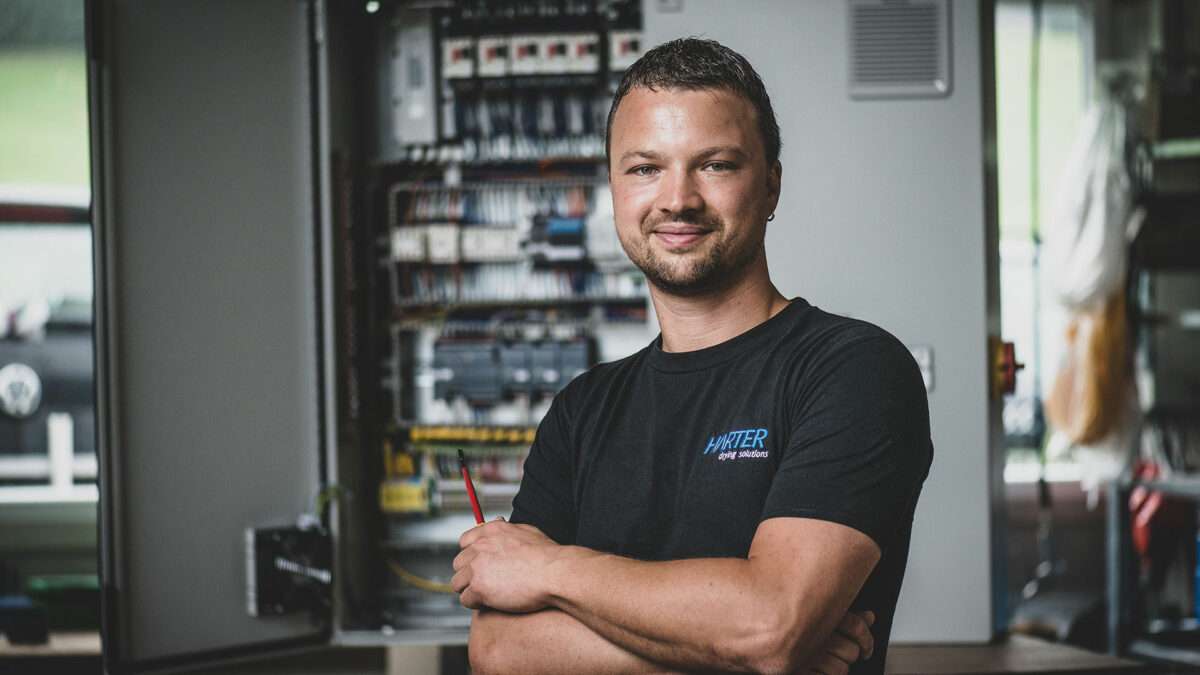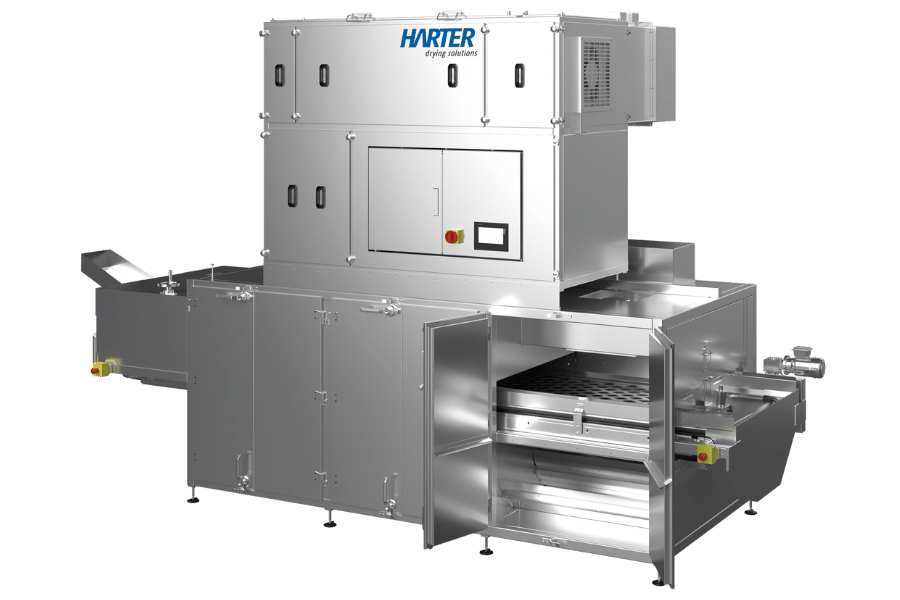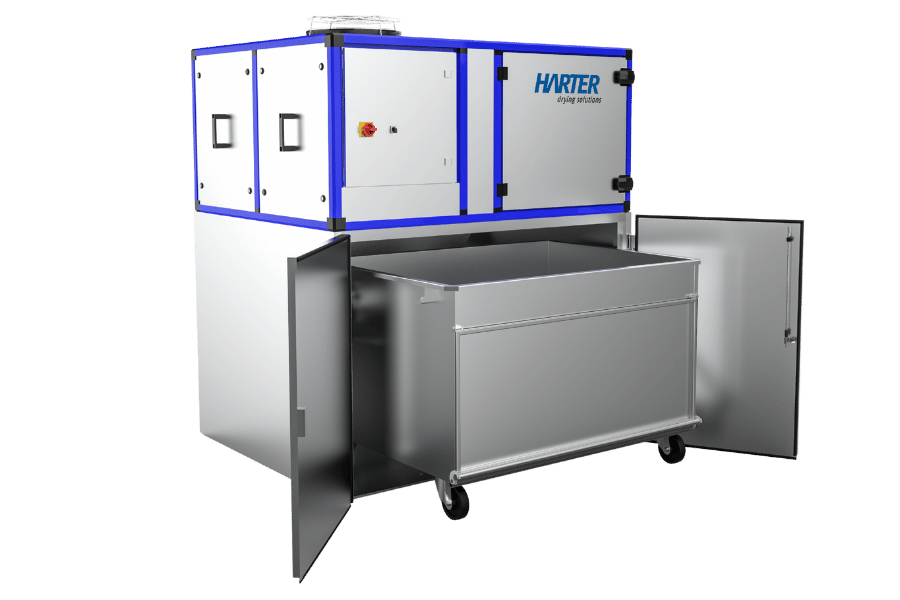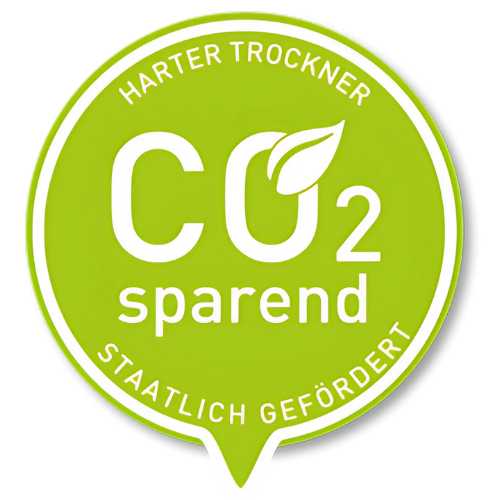No suitable results found.
Large quantities of metal hydroxide sludge are generated during the treatment of galvanic and metal-processing wastewater. Its disposal is complex, as it often still contains high water content.
Learn how HARTER develops custom-tailored systems in: How Heat Pump Dryer Solutions are Created.
A technical overview is provided in: Energy-Saving Drying with Heat Pumps.
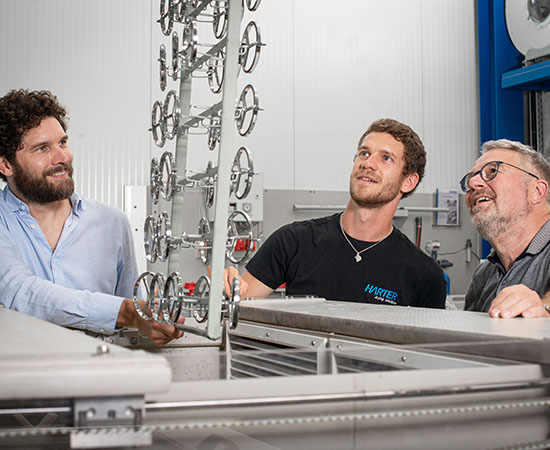
Do you require a custom solution and/or would you like to test the drying process beforehand?
Development with practical tests in our in-house development center
We are an innovation-driven team and welcome new challenges. HARTER tests your custom solution in the technical center under realistic conditions, optimizes the parameters, and documents the results transparently. Please contact us – we would be pleased to provide you with a non-binding consultation!
Drying systems
in over 20 countries stand for our quality
Employees
from all areas ensure a high level of vertical integration
Years of experience
in the development of innovative drying systems
Metal Hydroxide Sludge Drying – Functional Principle and Process Reliability
After filtration or chamber filter pressing, metal hydroxide sludge often still contains 50 – 70% water. This moisture content is too high for transport, landfill, or recycling. HARTER heat pump drying gently and reproducibly removes residual water from the sludge – at low temperatures between 30 °C and 75 °C.
The system operates in a closed air circuit:
- The air is dehumidified, heated, and recirculated over the material.
- Moisture condenses, energy is recovered.
This creates a constant process without exhaust air, which does not burden the environment with odors or pollutants.
Your Benefits:
- significant volume and weight reduction,
- up to 70% energy savings compared to hot air systems,
- exhaust-free, clean drying,
- constant residual moisture levels through precise control,
- low-maintenance, durable technology.
How this technology can increase capacities is shown in Expanding Capacities with Heat Pump Dryers.
Drying Systems for Metal Hydroxide Sludge
Metal Hydroxide Sludge Drying – Applications and Process Integration
HARTER drying is suitable for various industrial sectors with sludge and residue accumulation:
- Electroplating and Surface Technology
- Metal Processing, Grinding, and Polishing Processes
- Chemical Industry and Pigment Production
- Recycling and Waste Treatment Plants
The systems have a modular design and can be flexibly integrated into existing dewatering lines – directly after the chamber filter press or centrifuge. The drying process takes place in closed stainless steel chambers, ensuring no contact with the environment. Temperature, air volume, and humidity are continuously monitored and documented.
Before each series design, HARTER tests your original sludge in its in-house technical center. There, the optimal parameters for air guidance, temperature, and drying time are determined. The result is a robust process with clearly defined residual moisture values – ideal for subsequent disposal or further processing.
We dry with dry air and deliver it to the right places: A perfect interplay of air preparation and air guidance provides you with the best possible drying result.
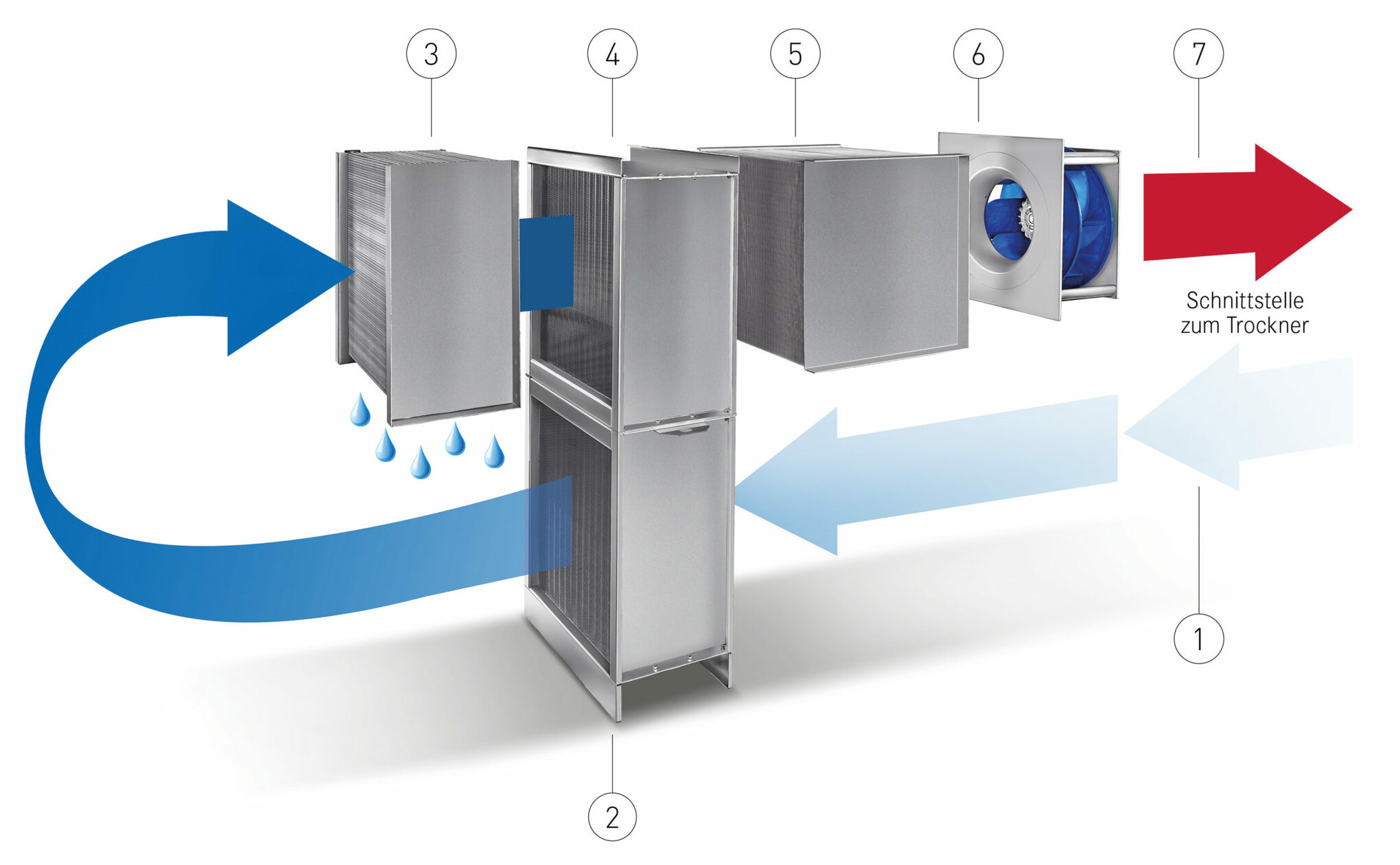

Reliable – Competent – Long-term
Service that thinks ahead – for years to come
With the HARTER After-Sales Service, you secure a reliable and efficient drying solution for the long term. Whether it’s maintenance, spare parts supply, or technical adjustments – we support your system throughout its entire life cycle and ensure that it delivers optimal results at all times.
Metal Hydroxide Sludge Drying – Sustainability, Economic Efficiency, and Safety
Dewatering with HARTER systems makes an important contribution to environmental protection and cost reduction. Due to heat recovery in the closed circuit, energy consumption remains extremely low. Since no exhaust air is generated, the need for exhaust air purification or filter systems is also eliminated.
Sustainable advantages:
- Reduction of CO₂ emissions through energy savings
- lower disposal and transport costs
- no odor or dust pollution
- stable process conditions for consistent quality
- eligible technology due to high efficiency
HARTER values durability and easy maintenance. All systems are made of high-quality materials and designed for continuous operation.
Many customers combine drying with heat recovery or photovoltaics to further reduce their ecological footprint.
Further information on related applications can be found under Industries.
What our customers say
“Sometimes it is better to say nothing and let your customers speak for themselves.”
– Regina Mader, Managing Director
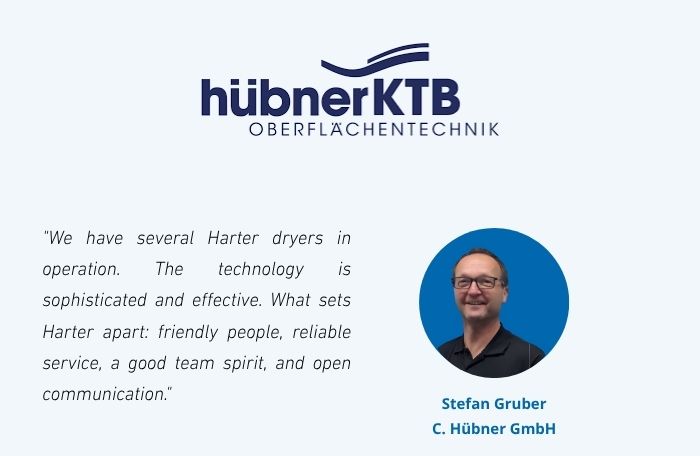
FAQ – Frequently Asked Questions about Metal Hydroxide Sludge Drying
Fill out the form now and we will get in touch with you as soon as possible.
Brochures, technical reports, and press articles for those who want to know more details.
